According to UNO forecasts, almost 70 percent of the world's population will be living in urban areas by 2050. More than 80 percent of global GDP is generated in cities. Mobility is a key enabling factor. On the other hand, air quality, congested streets, traffic jams, and partly outdated infrastructure are some of the challenges that must be solved.
"The future of mobility lies first and foremost in cities and metropolitan areas. That is where the most pressing problems are to be found – and where both the need and the potential for change are at their greatest", Müller said: "If we want to preserve the freedom of individual mobility, then we have to say goodbye to many things we associate with driving today. We must rethink and redefine mobility. And we will be stepping up our efforts in this regard even further."
Geneva Motor Show Photo Gallery
"Future Heads" face the future beyond 2030
There are fundamental differences between the world's metropolitan areas. To come up with solutions for future individual mobility tailored as precisely as possible to the different needs, a team at Volkswagen Group Research made up of some 200 experts from all departments and brands works on the most important trends and scenarios. These "Future Heads" take a look into the future of individual mobility – in the year 2030 and far beyond.
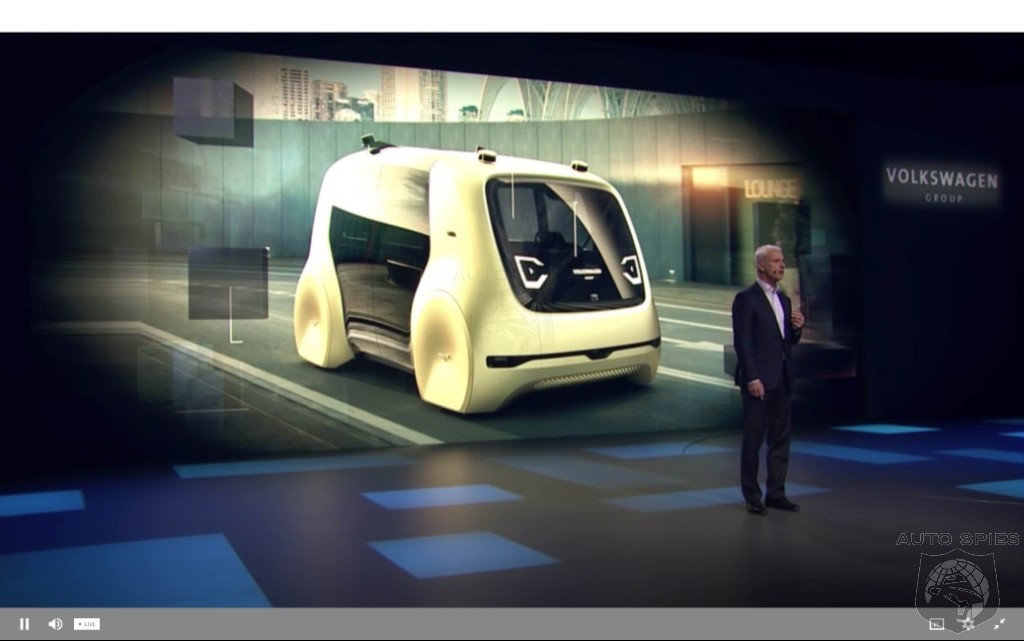
In San Francisco, for example, electric vehicles will spread rapidly thanks to a tech-savvy, eco-friendly population. Some 130 million people will already live in the Beijing metropolitan area in 2030, and they will need dedicated expressways for autonomous vehicles. Passenger drones could even take people to their destination in the more distant future. And in Mumbai with its chronically overloaded transport system, innovative rapid buses, e-mobility zones and new shared mobility concepts will bring relief.
Partnerships with cities as an incubator for individual mobility solutions
The findings from the "Futures of Mobility" project are put to pragmatic use in planning and developing future products and services from the Volkswagen Group. The company sees itself as a partner for cities. A wide range of very different projects and services are developed, tested and implemented under dozens of city partnerships – from Barcelona to Stockholm, from Somerville in the U.S. to Shanghai.
The mobility partnership with the Hanseatic City of Hamburg illustrates how diverse these activities are. Just a few days ago, 50 e-Golf1 were handed over to members of the public, entrepreneurs and authorities there. MAN is trialing the use of autonomous trucks in the Port of Hamburg and on selected highway sections. The VW brand will be launching its "WeDeliver" service in Hamburg, too. MOIA will begin testing its ride pooling service in the city this year, using an all-electric 6-seater shuttle developed in-house. Initially, the fleet in Hamburg will comprise 200 vans. Looking to the future, up to 1,000 MOIA shuttles could take to the roads in Hamburg. Plans for other cities are in the pipeline.

"CarLa" – the first charging robot for electric automobiles
Together with the automation specialist Kuka, the Volkswagen Group presented "CarLa", the first mobile charging robot for automobiles, at the Group Media Night. Such fully automated service robots for use both in public spaces and at home will make a key contribution to boosting the acceptance of e-mobility. "CarLa" automatically begins charging the vehicle once it has been parked – preferably autonomously. With this joint project the two companies are demonstrating how charging can function fast, simply and autonomously. And "CarLa" has the potential to become the industry standard. Both companies plan to extend the research cooperation to the pilot production stage.
"People will only accept this technology if they can charge their vehicles quickly, easily and conveniently. I am convinced that the future belongs to service robots like ‘CarLa'. And I am delighted that Kuka and the Volkswagen Group are the trailblazers", Müller said.
E-mobility picking up speed in all segments
The Volkswagen Group wants to help e-mobility achieve the breakthrough in all segments. The company already has 8 electric cars and plug-in hybrids in its program. They will be joined this year by the Audi e-tron, the brand's first electric SUV with a range of 500 kilometers. The Porsche Mission E and the first VW I.D. will follow in 2019. Things are beginning to move really fast. For the commercial vehicle brands, too. The eCrafter from Volkswagen Commercial Vehicles is to be launched this fall. The first electric city buses from MAN and Scania go into test operation before the end of this year, with series production commencing in 2019. In Müller's words: "We are putting ‘Roadmap E' on the road. Swiftly and decisively."
Summing up, Müller said: "In spite of all the challenges, particularly those we are facing in cities, we want to be part of the solution. I am convinced that the Volkswagen Group with its 12 brands is better placed to achieve that than any other mobility group. Because as a group, we have the dimension and the globality to really change things. Because today, we already reflect almost every facet of mobility: from the motorbike to the city bus, from budget to luxury. And because – irrespective of all the love of cars that makes us who we are and defines our success – we have understood that, ultimately, technology is always only a means to an end."
Dr. Herbert Diess, CEO of the Volkswagen brand said: "The I.D. VIZZION shows what our brand is capable of in terms of technology, design and quality. It is the most personal, most emotional and most individual Volkswagen of all times. And it also shows that, even in the electric, self-driving future, we will be using desirable, expressive and individual automobiles – and not just uniform tin boxes.
The I.D. VIZZION is based on the newly developed modular electrification toolkit (MEB) and underscores the technological performance capabilities of this architecture. From the outside, it is as large as a Passat, but it offers as much space in the interior as a Phaeton. The interior has the shape and materials of a lounge. In addition, the radical simplification of operation makes for effortless mobility. Passengers can opt for entertainment, information, relaxation or work, in line with their personal wishes. The pure electric range of the model is up to 650 kilometers.
"The I.D. VIZZION is our very realistic vision for a Volkswagen of the future. And we will be offering this model – by the latest in 2022 as the top sedan in the I.D. family with the innovative I.D. cockpit and a steering wheel. The model will be prepared for fully autonomous driving. Step-by-step, it will relieve the driver of tasks – if the driver so wishes. With the I.D. VIZZION we are underlining Volkswagen's claim: we want to be among the leaders in shaping the individual mobility of the future.
No other brand is tackling e-mobility as uncompromisingly as Volkswagen. With the MEB, Volkswagen has developed a powerful tool that covers the entire range of individual mobility. From compact cars to SUVs and large luxury limousines, everything is possible. By 2025, the Volkswagen Group will start production of more than 15 full electric models on the basis of the MEB. The first models are to be launched in 2020.
The 2018 Geneva Motor Show photo galleries are sponsored by Lexus.
Geneva Motor Show Photo Gallery
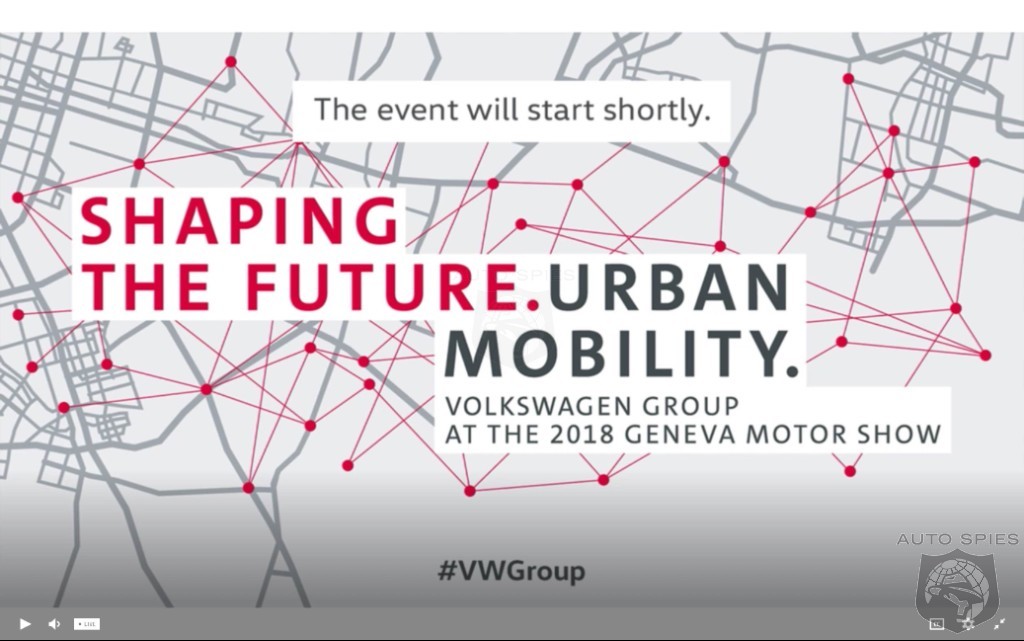


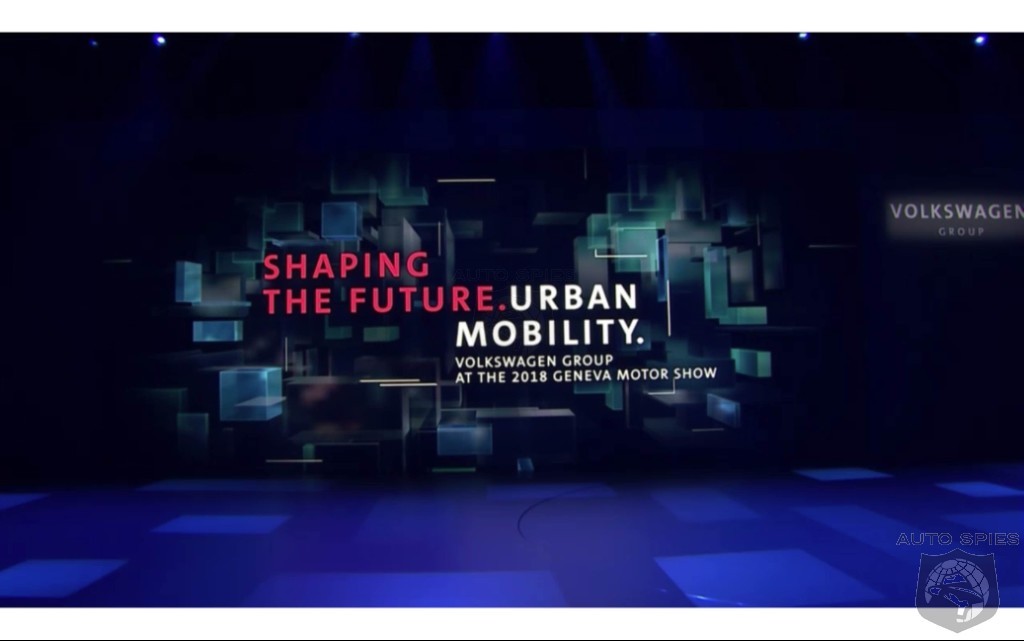
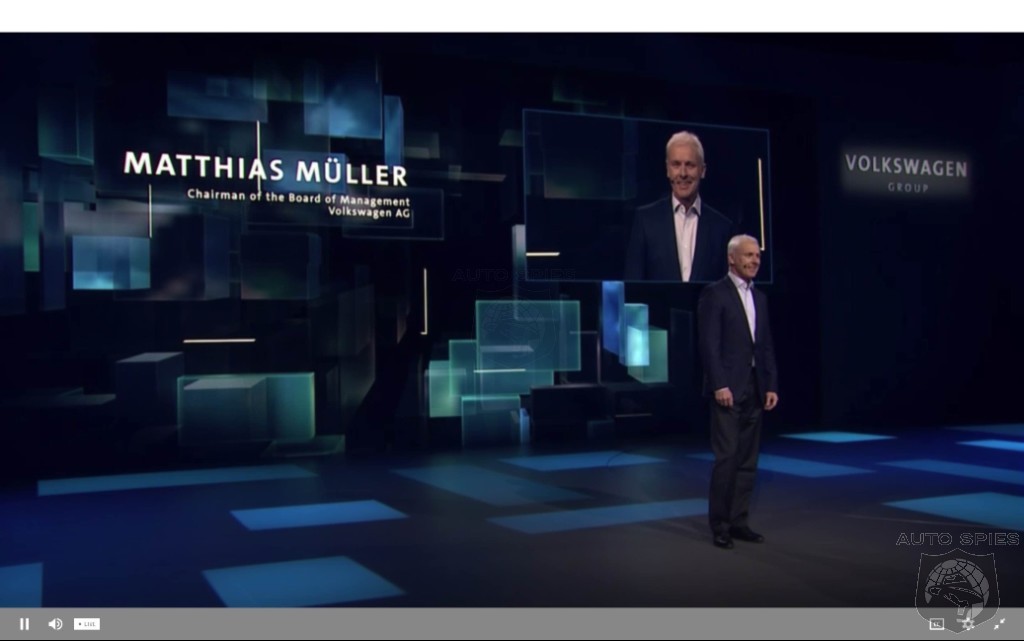
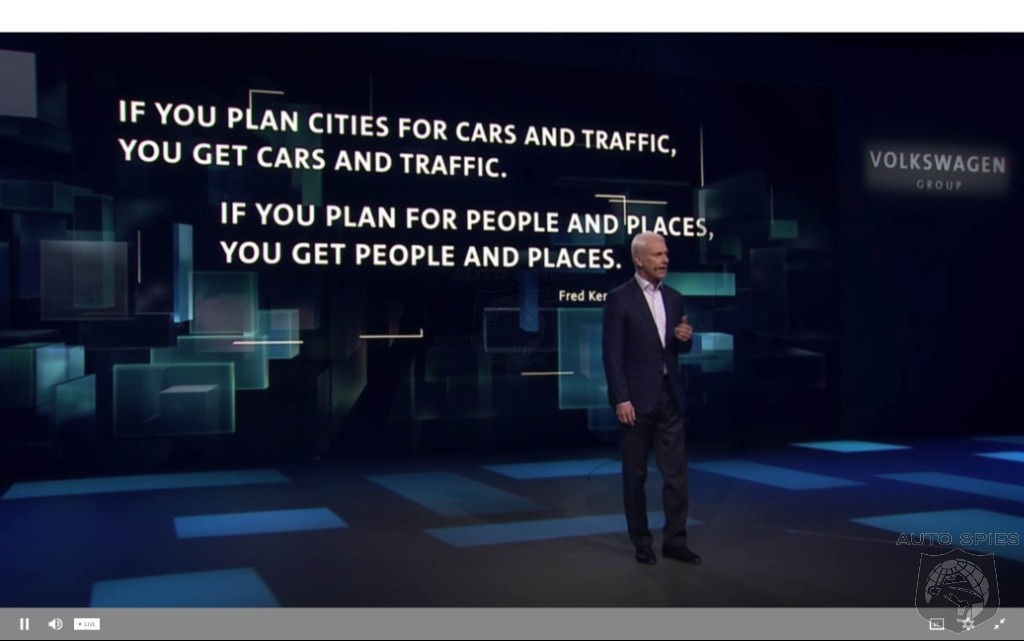
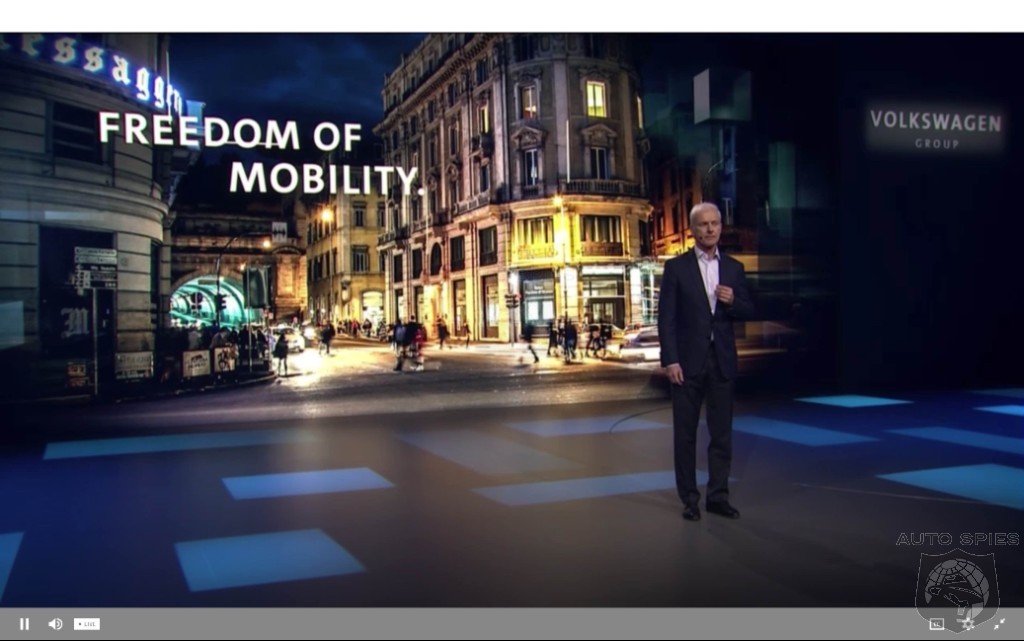

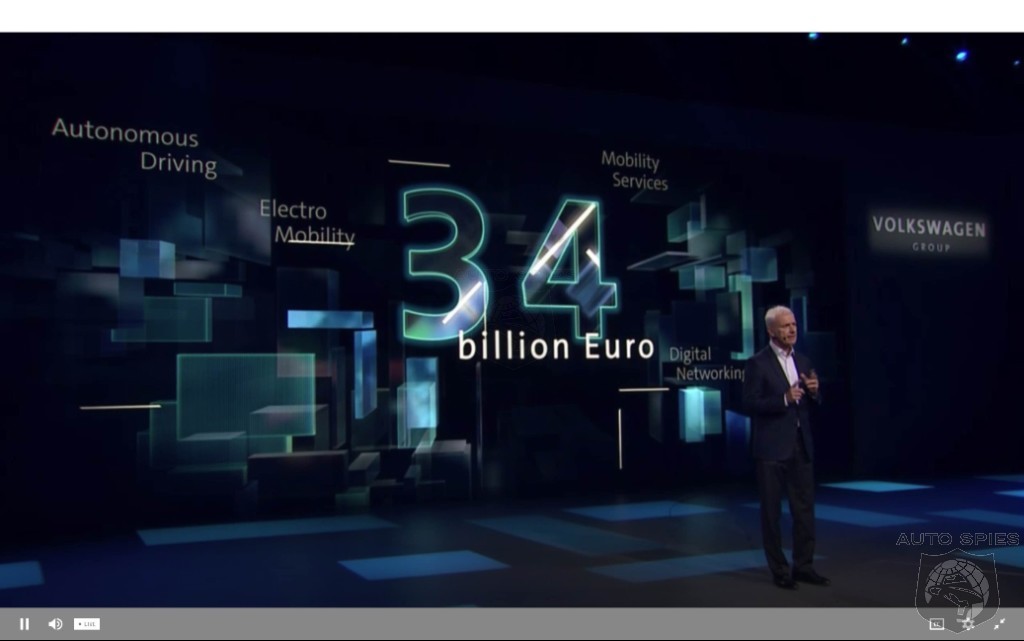

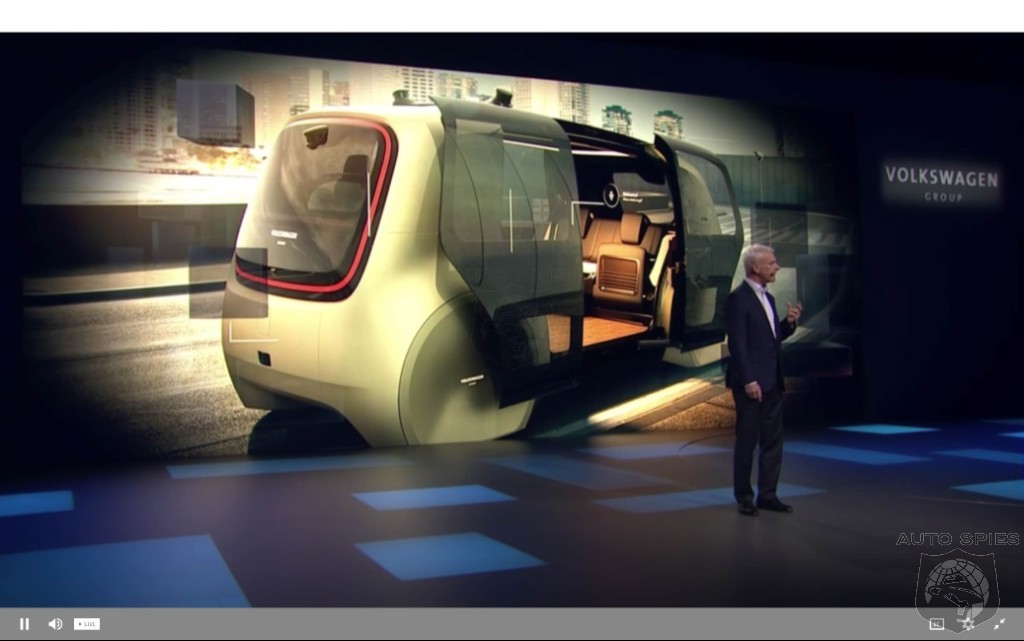


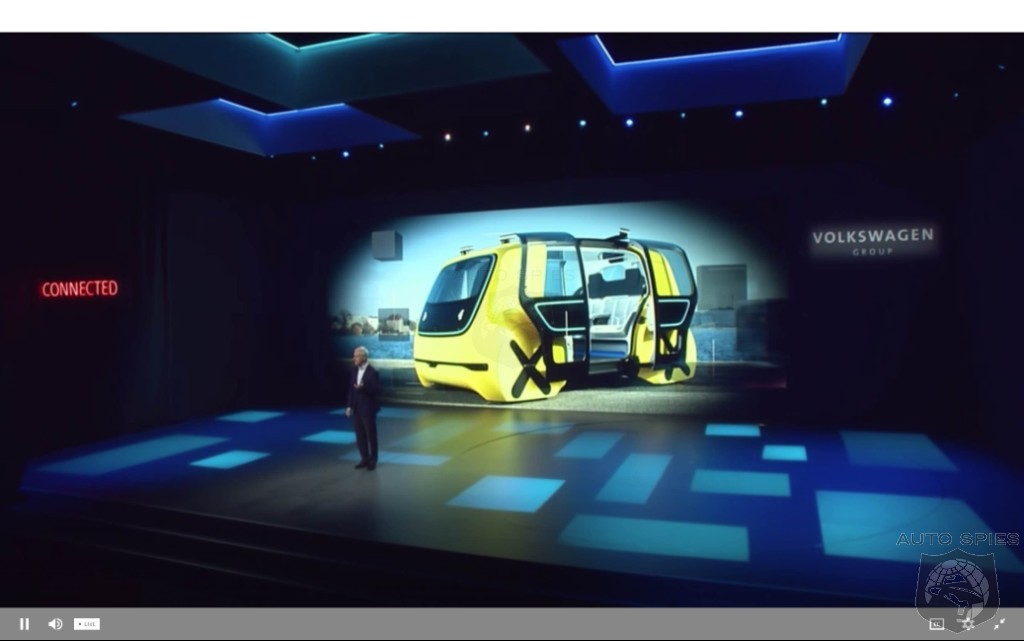
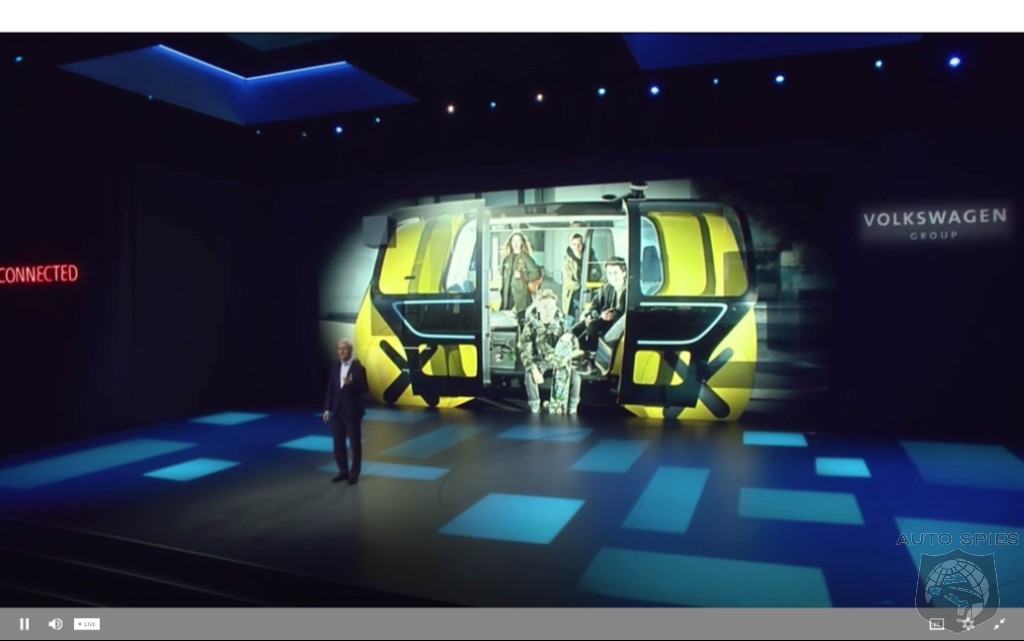
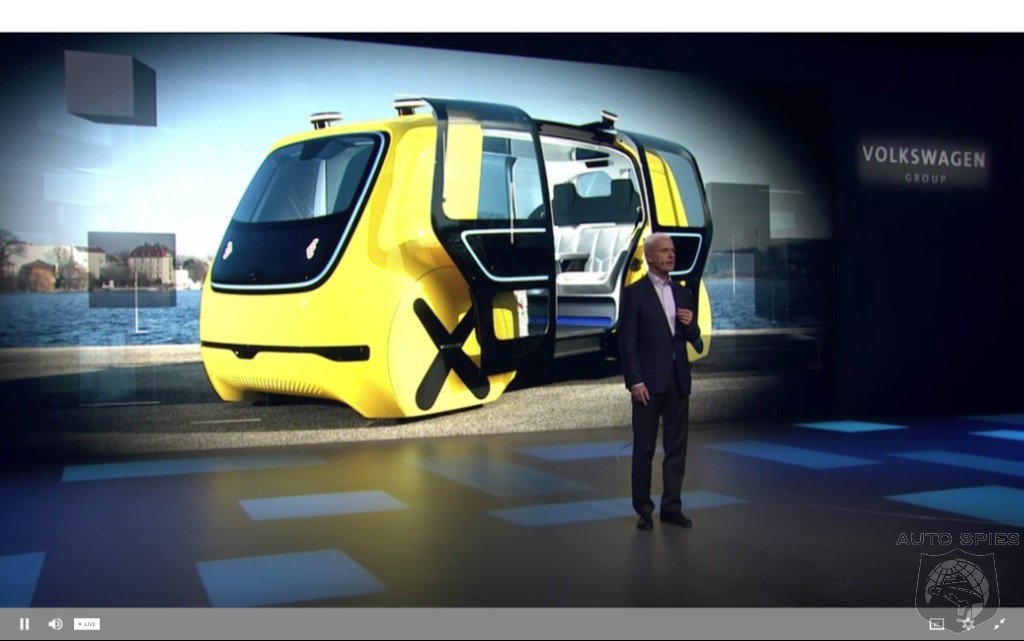
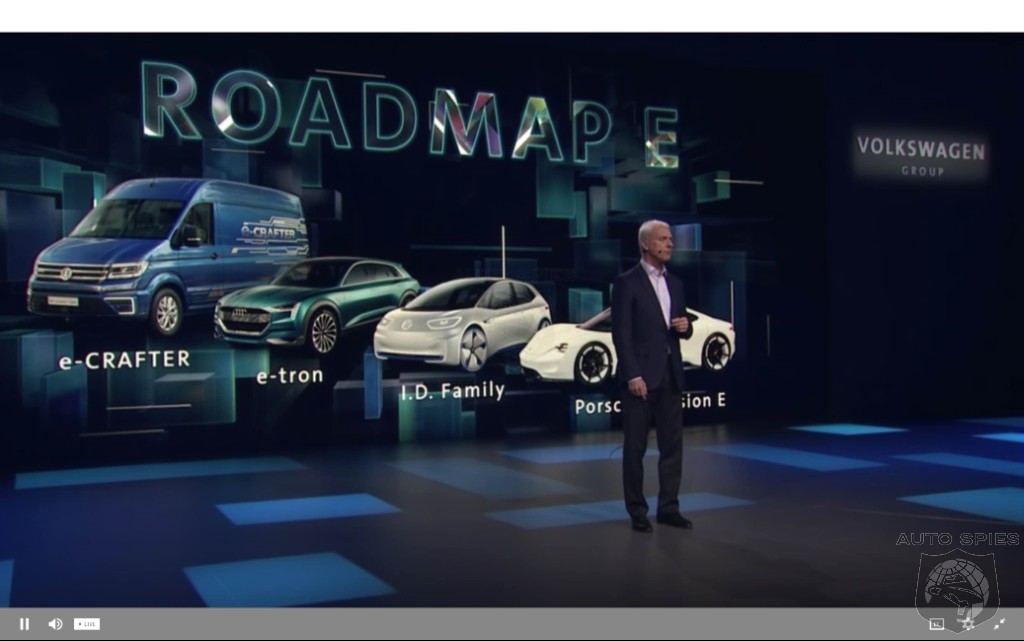
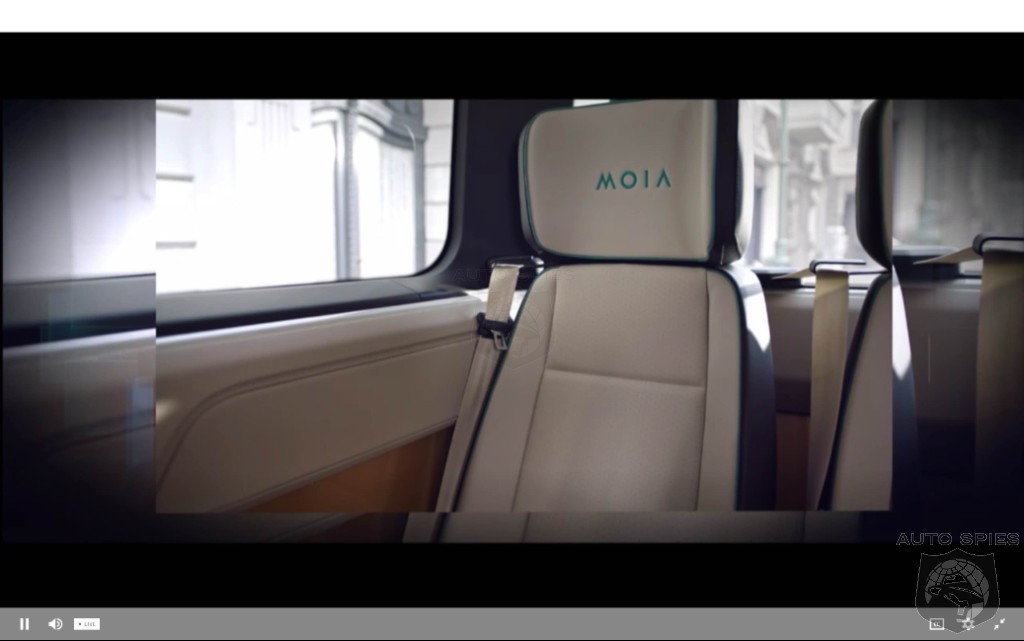
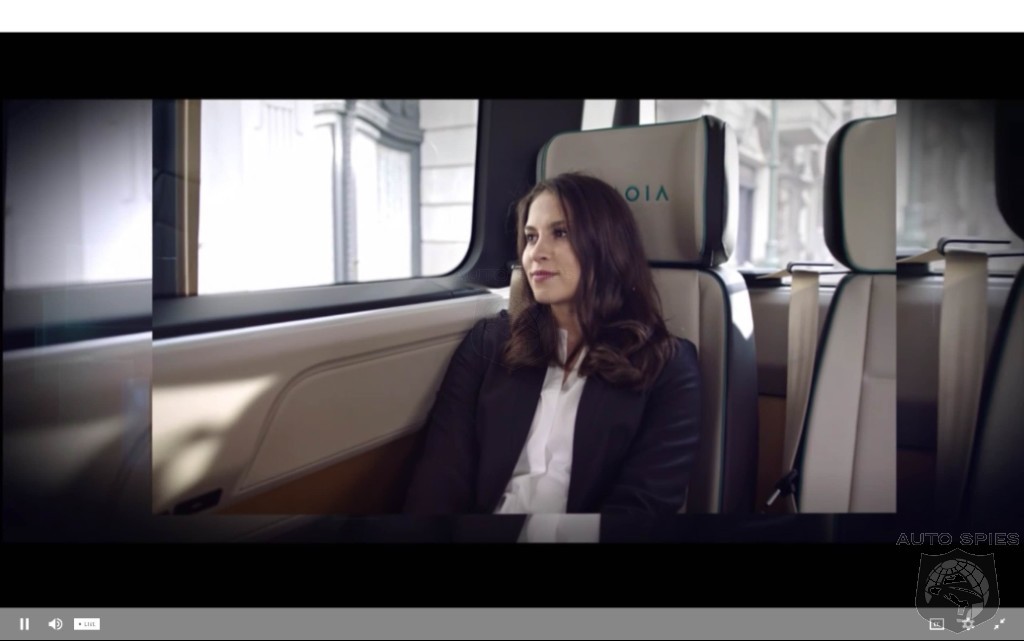
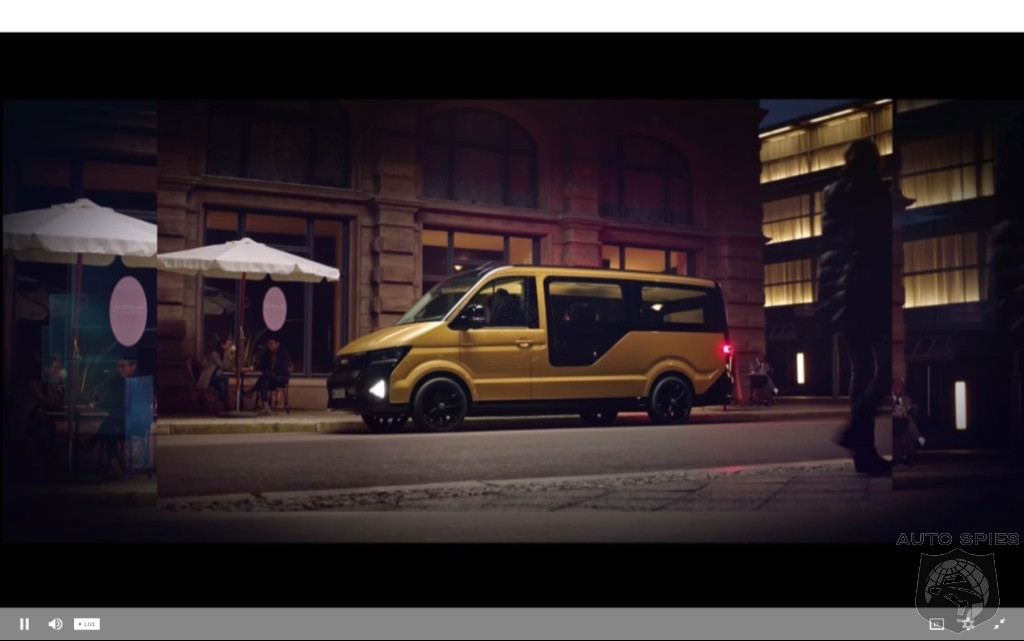


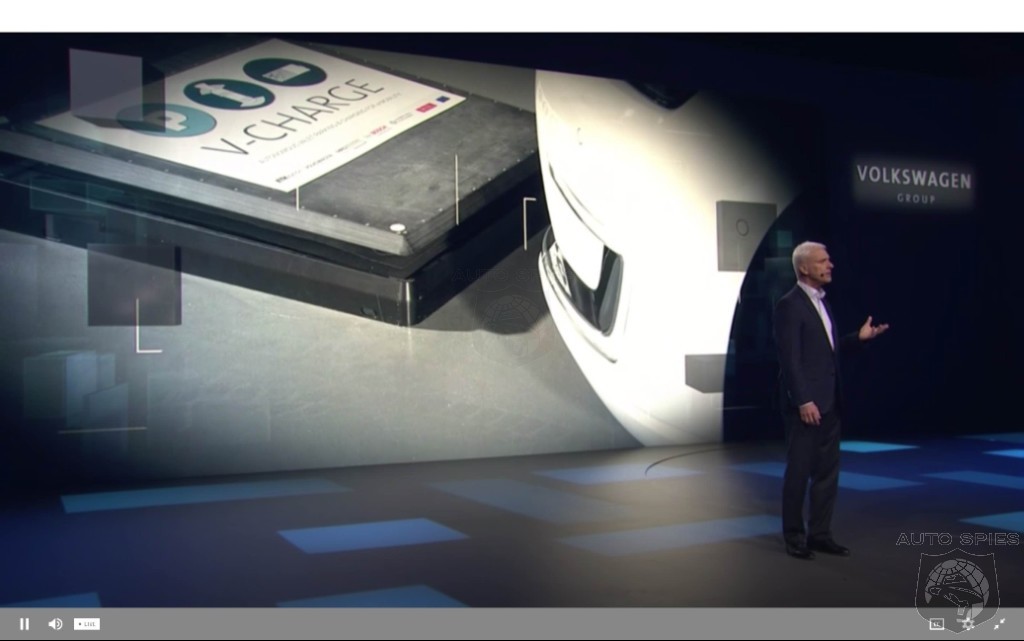



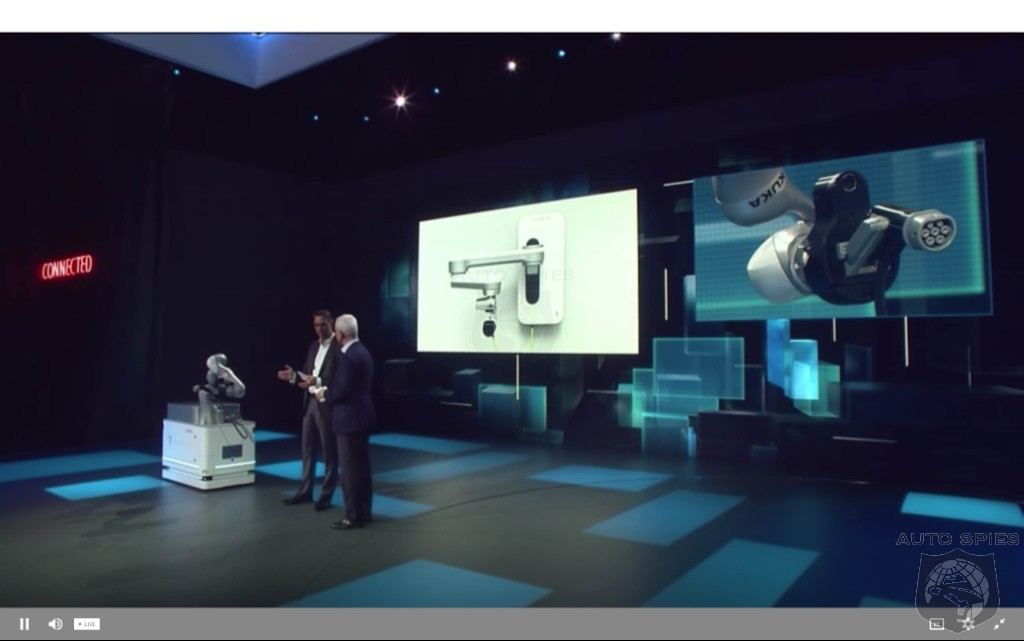


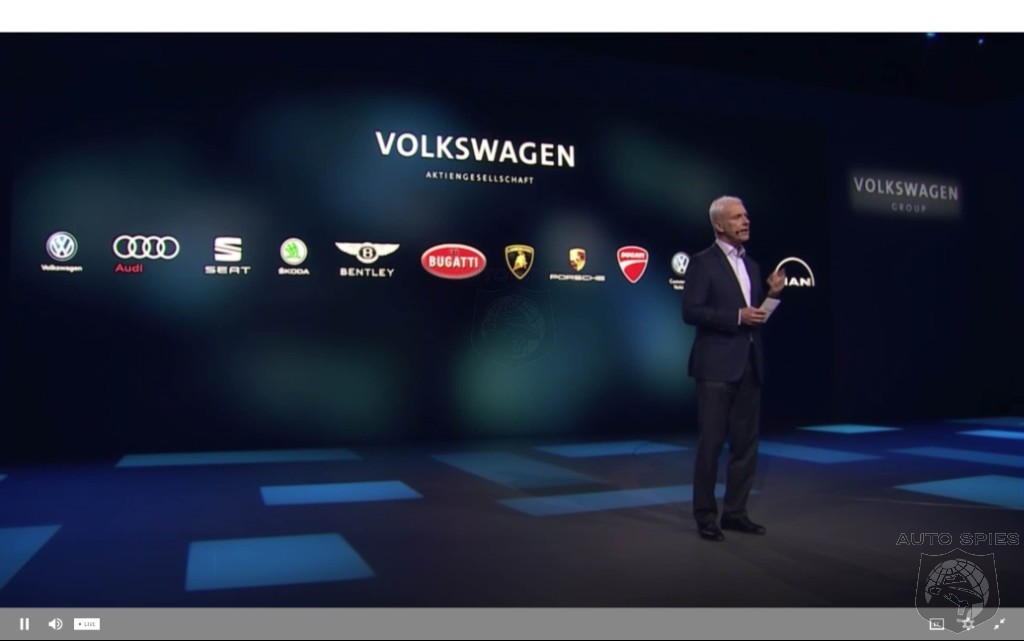




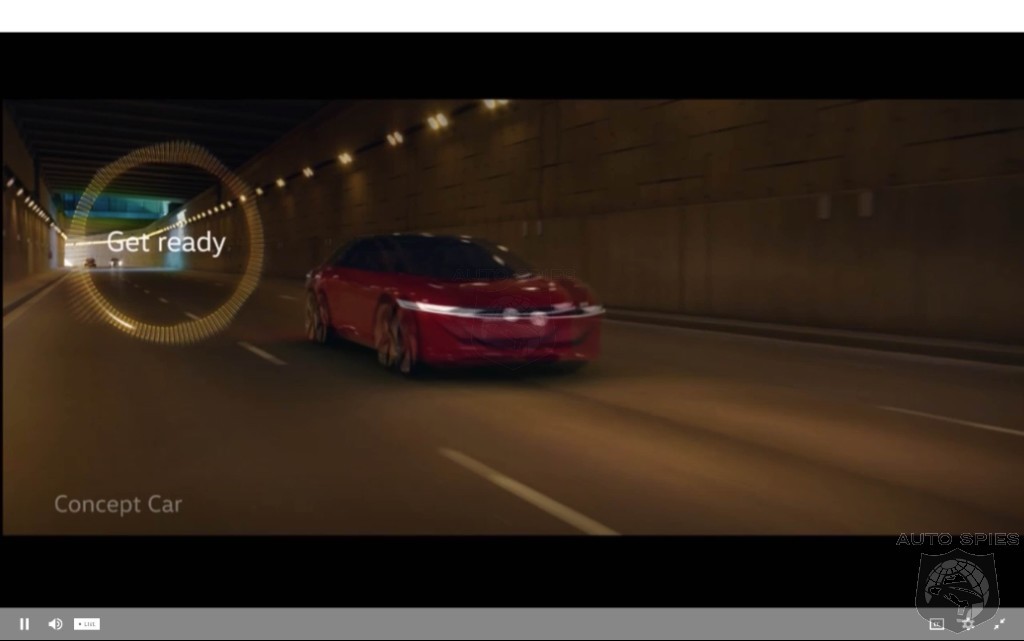
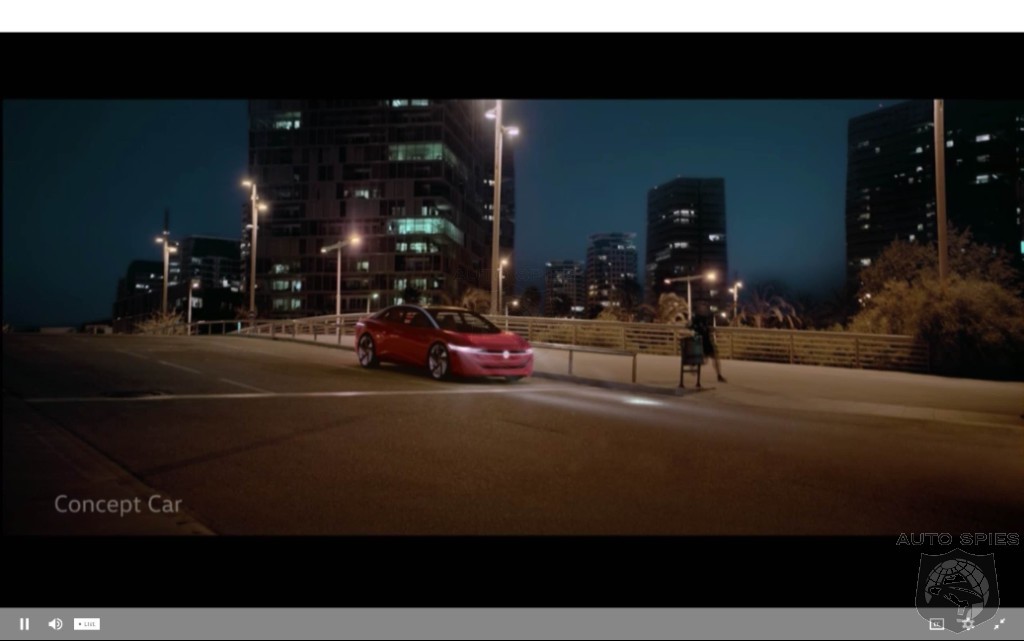
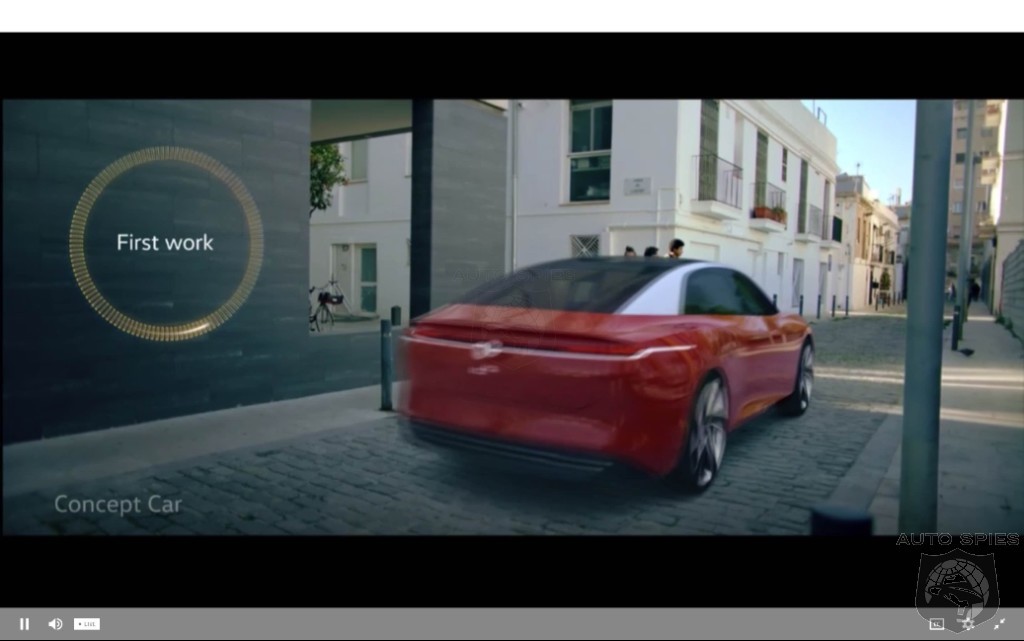





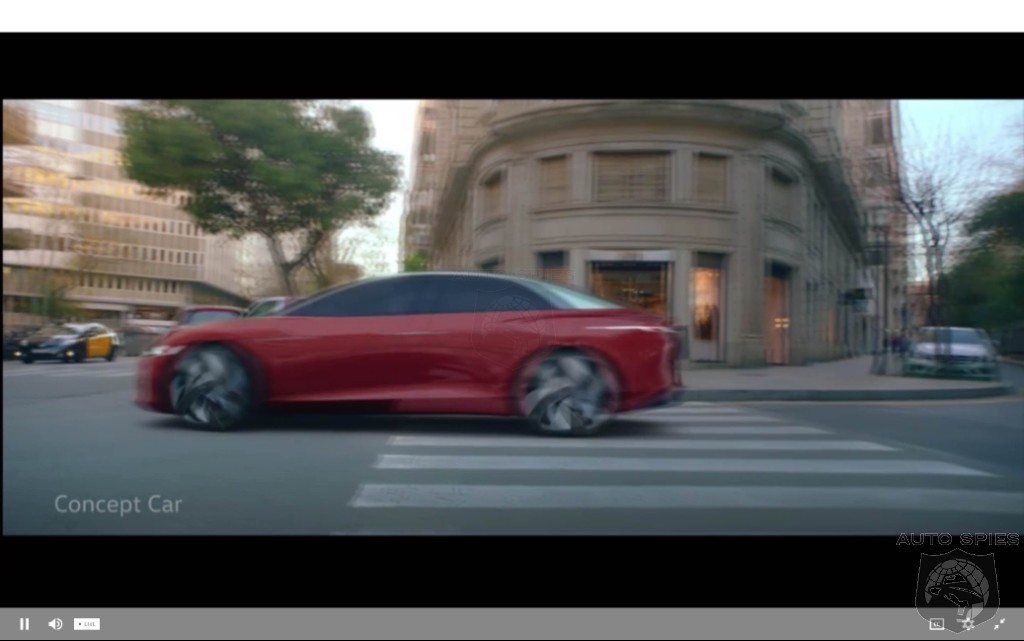






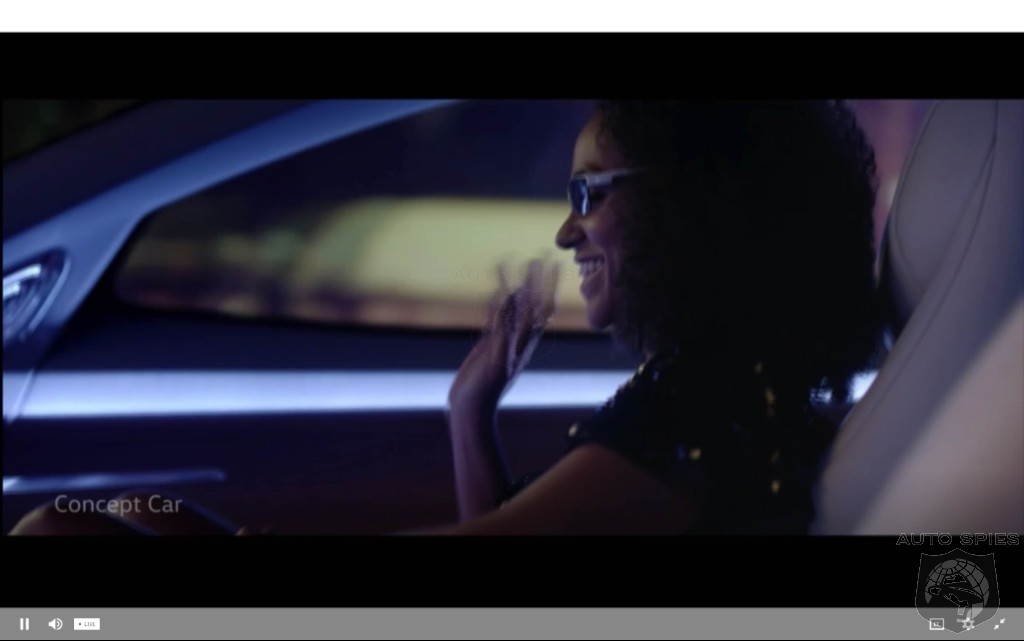


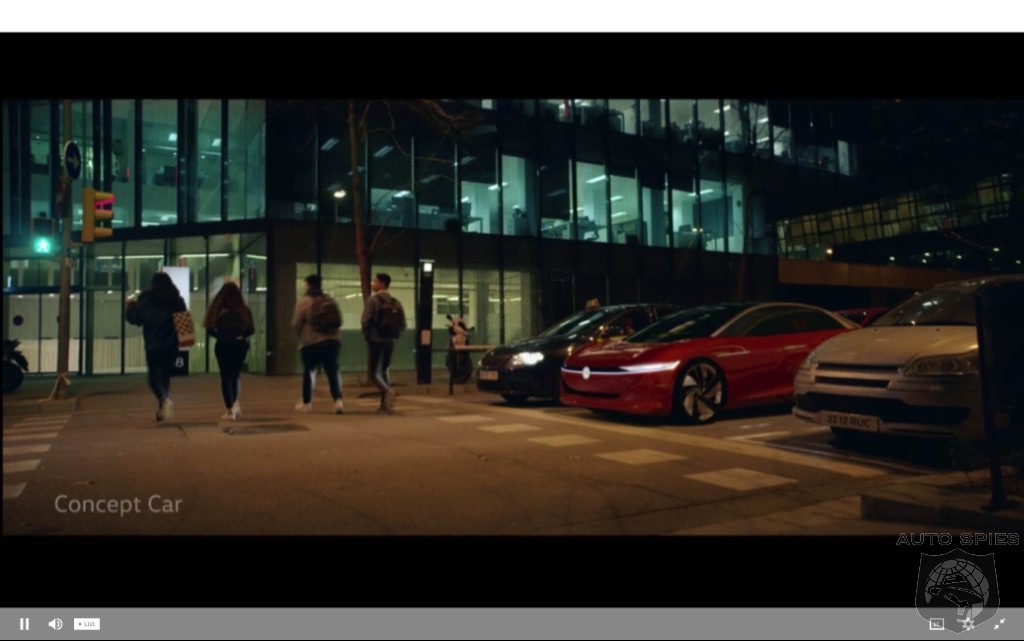
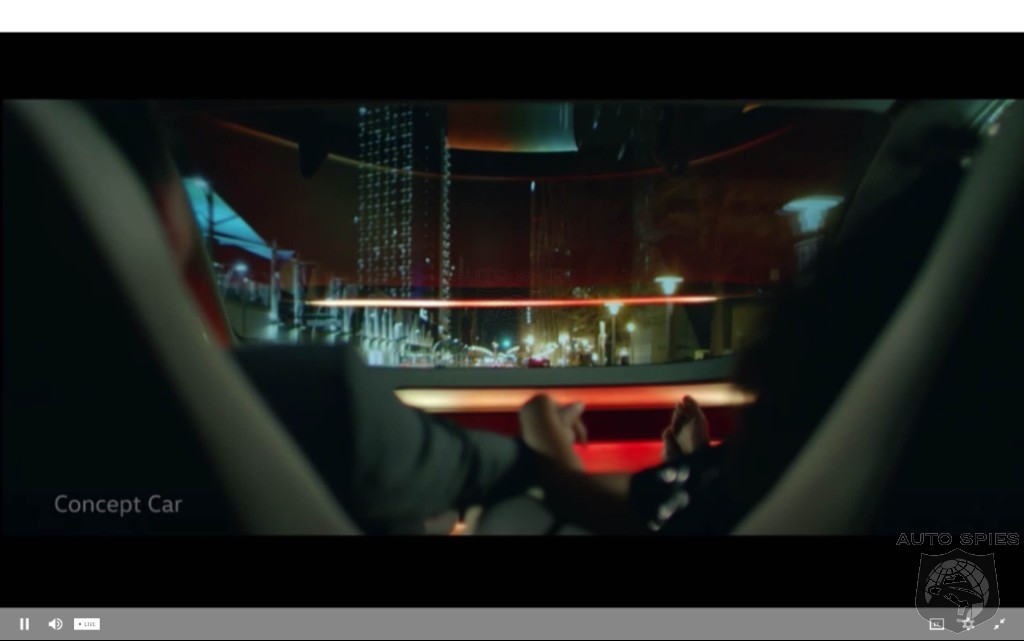
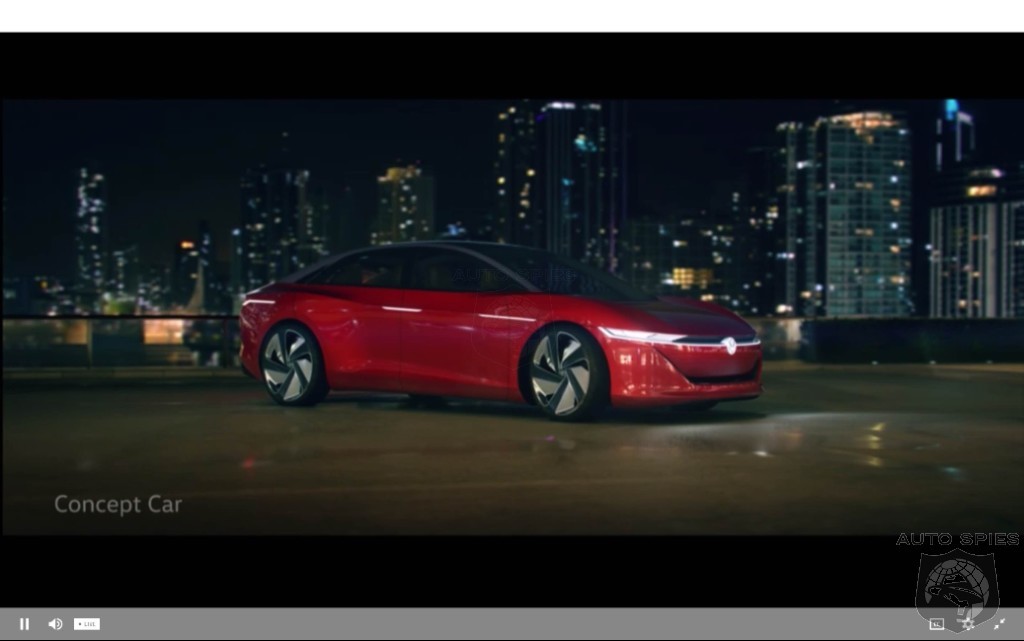

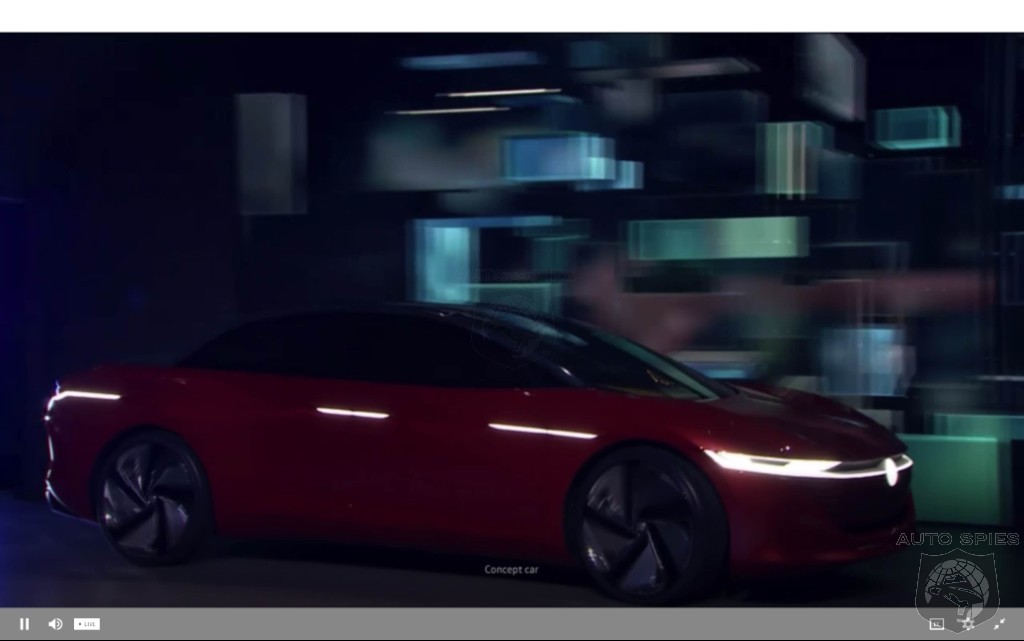
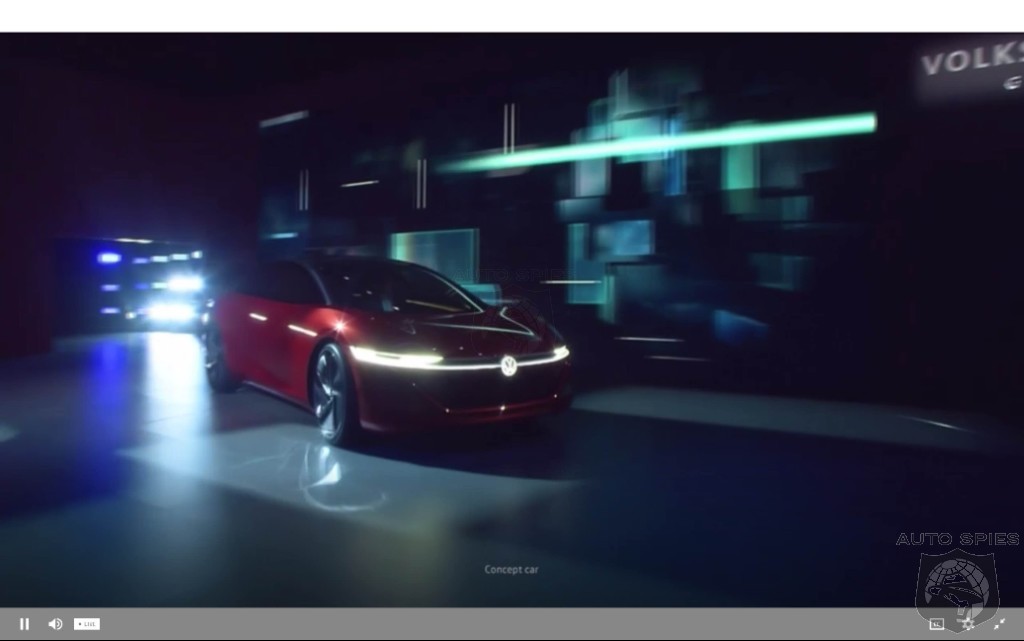
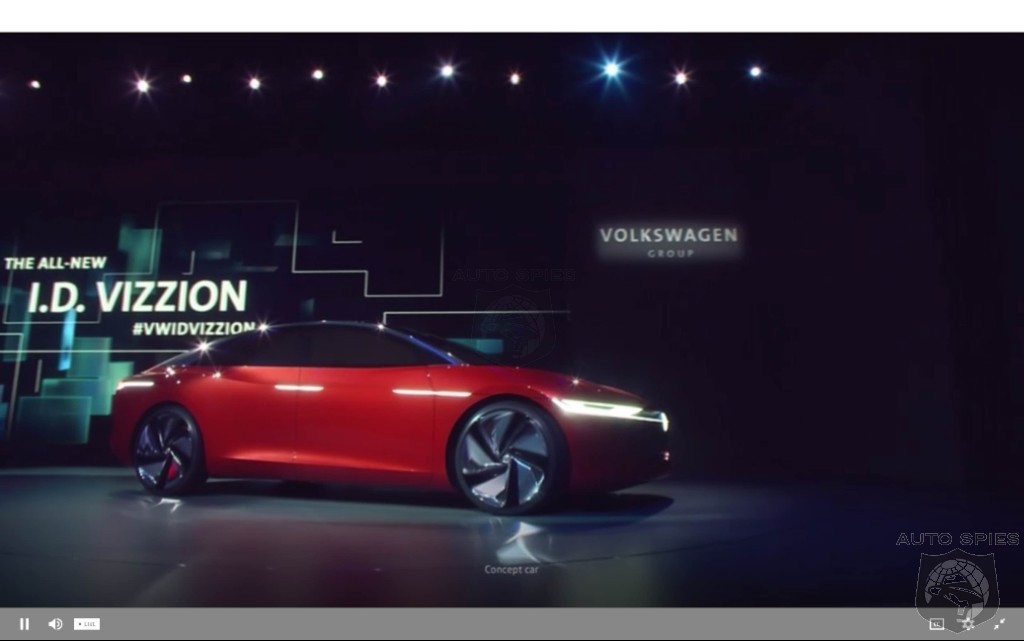
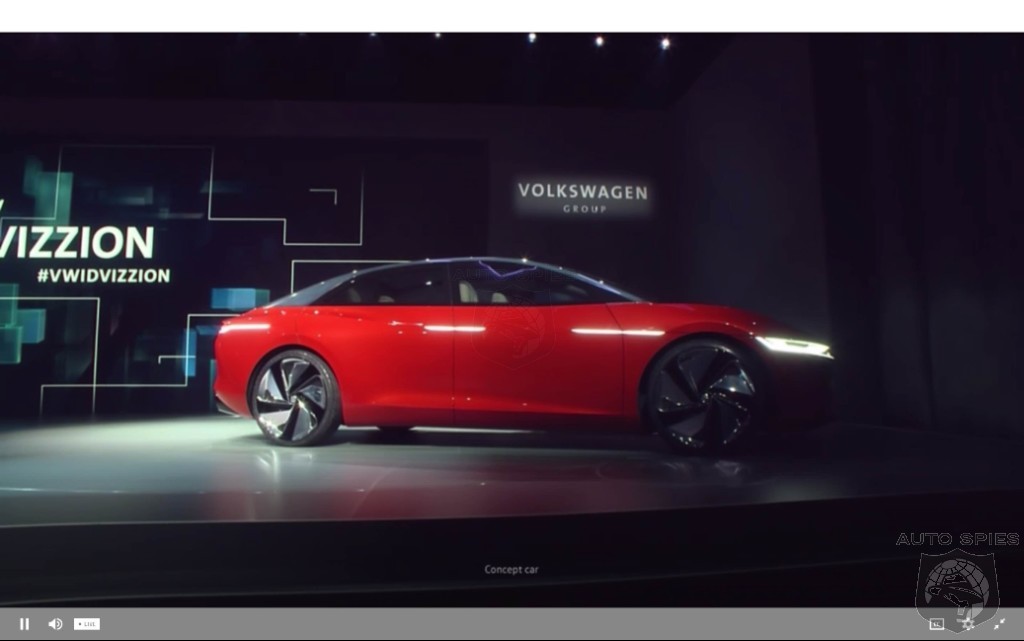
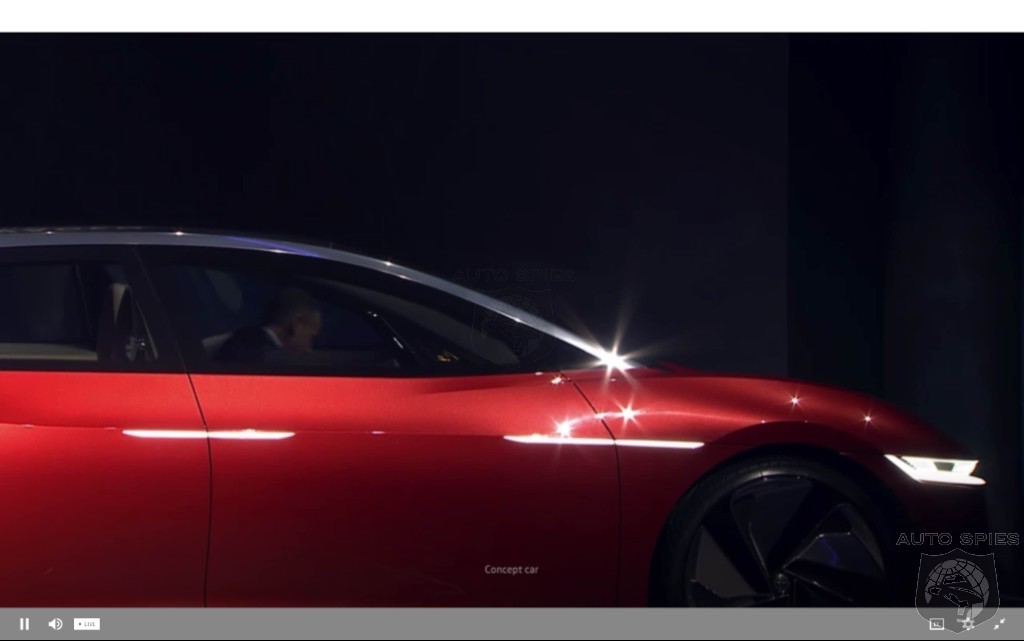

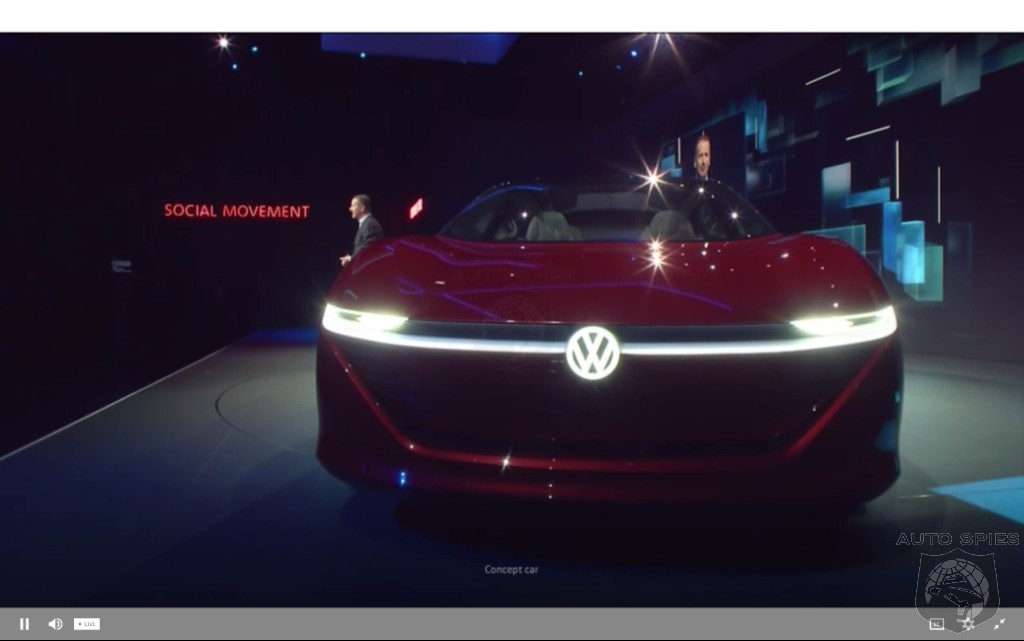


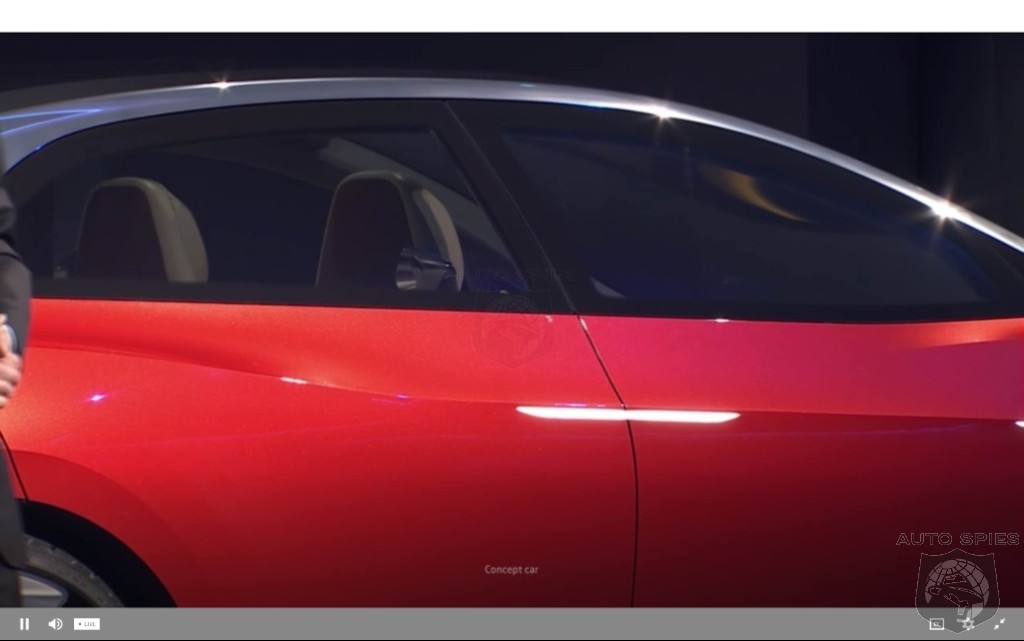
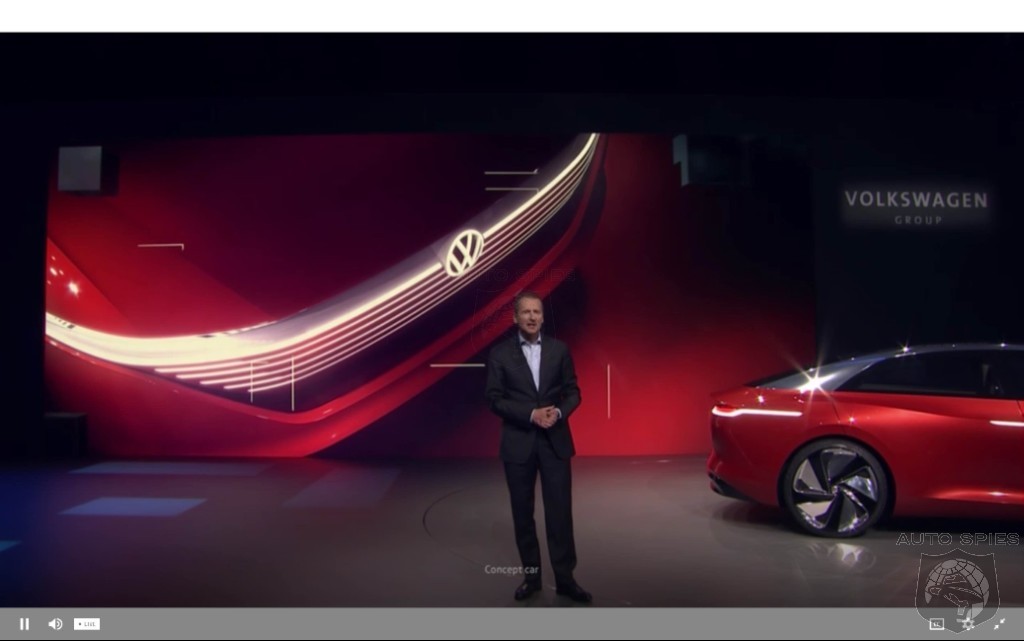

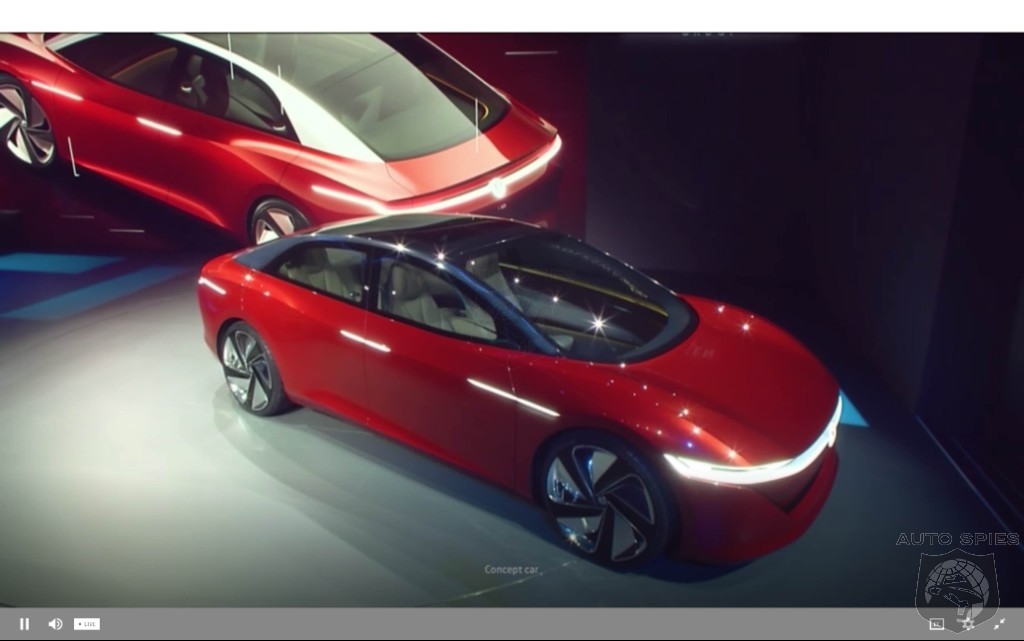
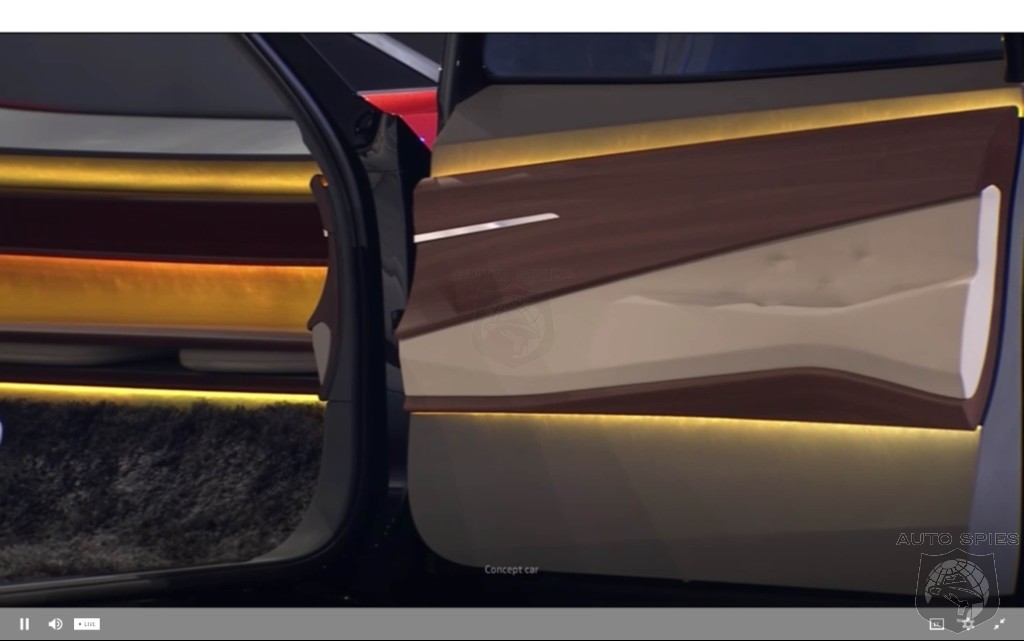
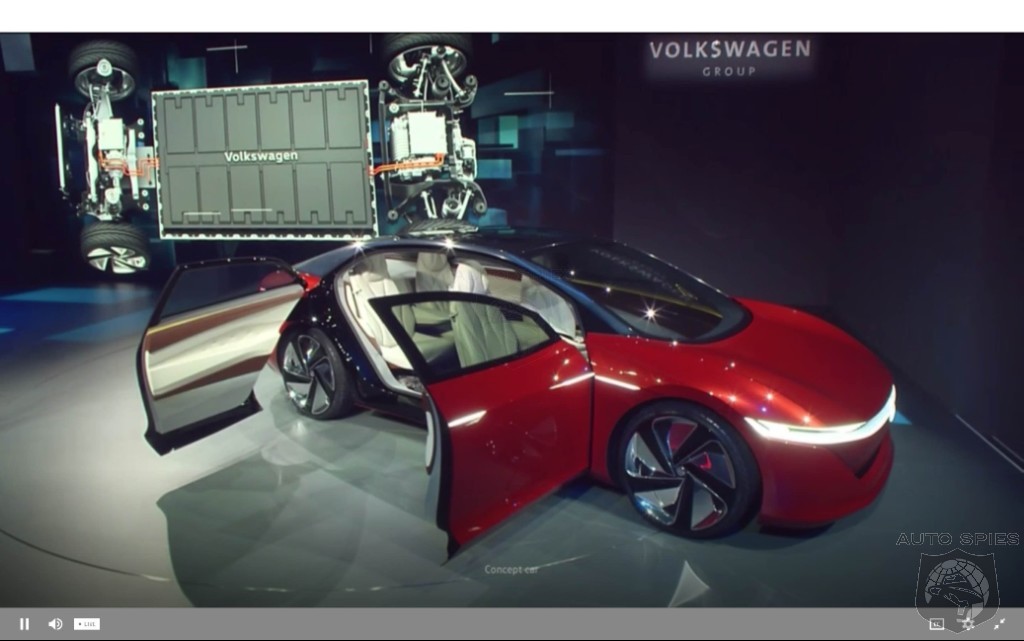
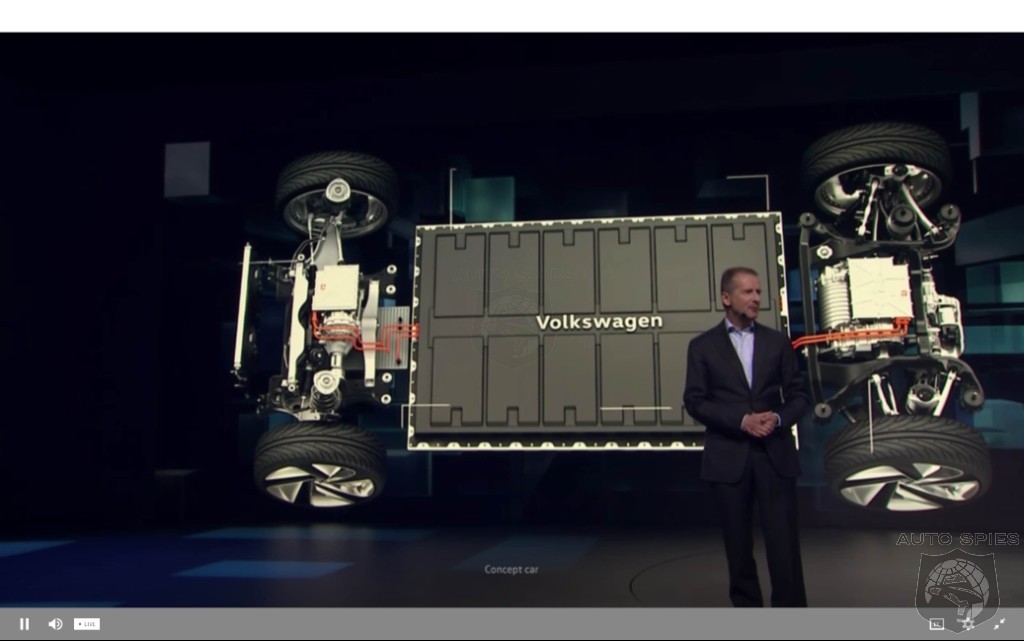

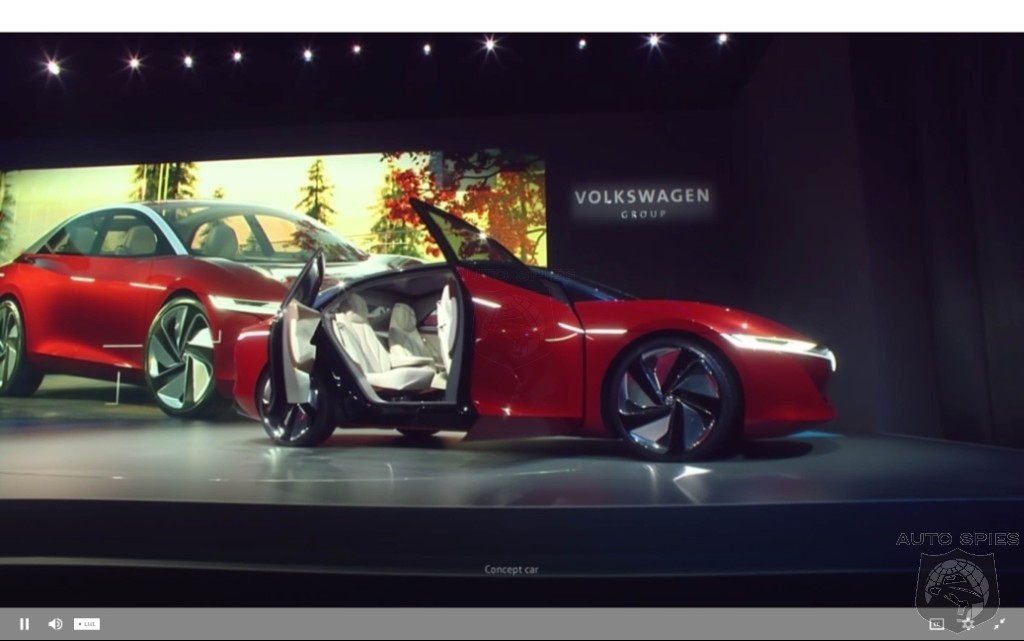
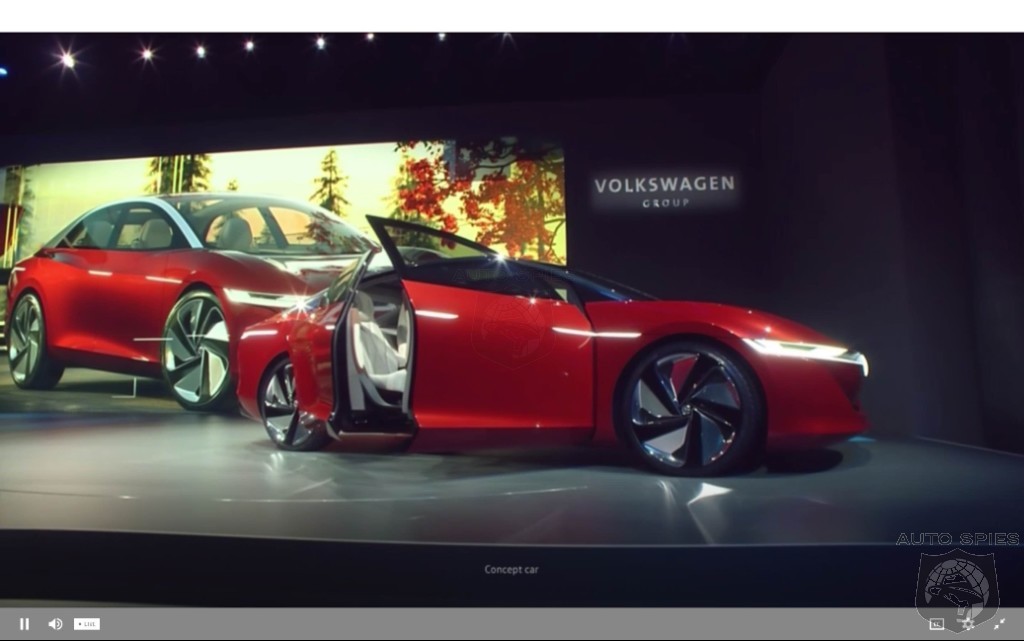

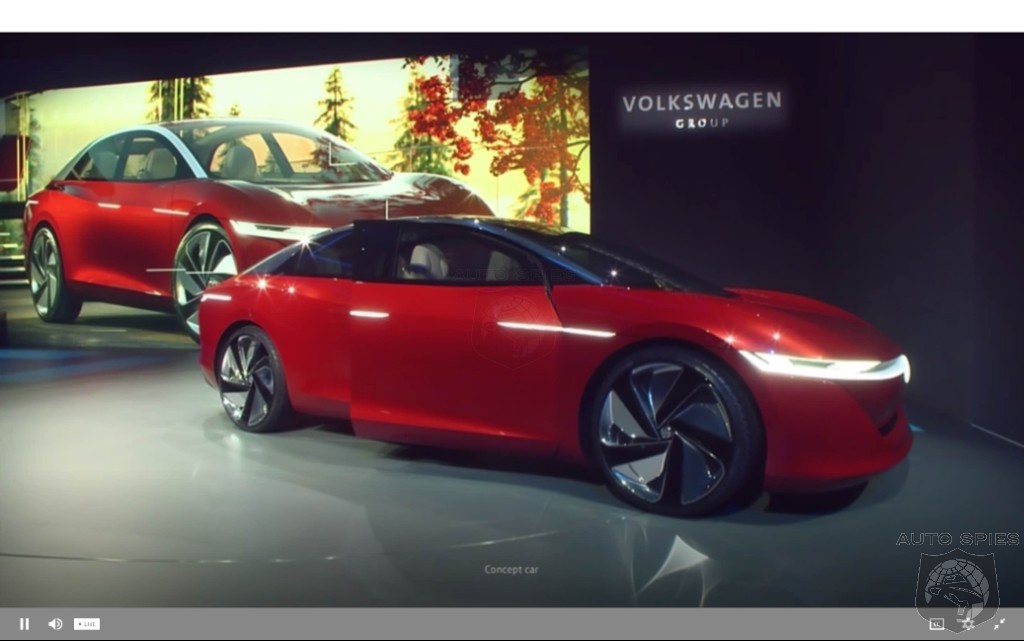
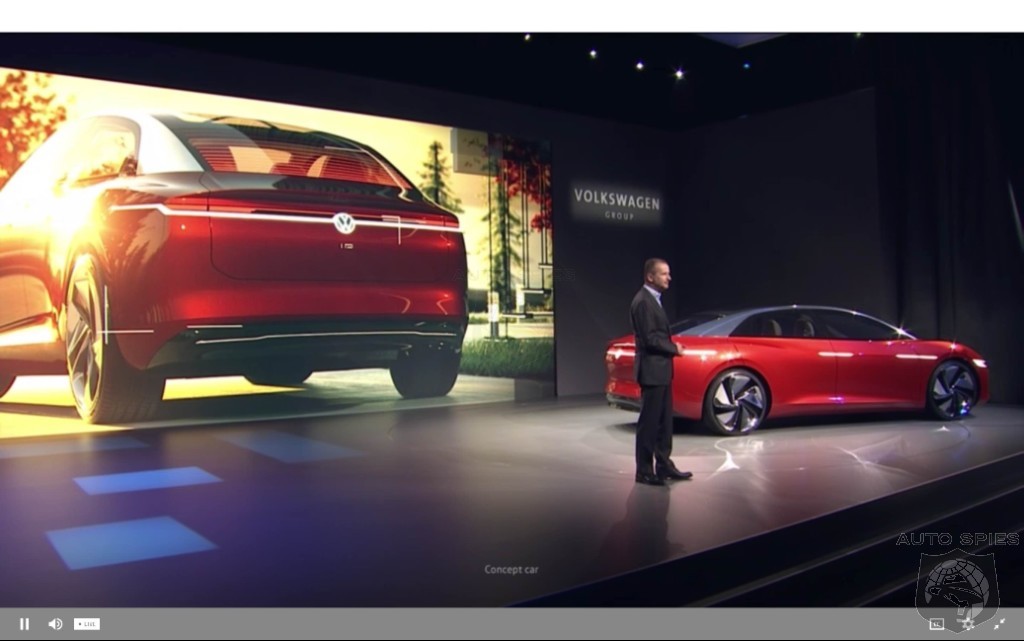
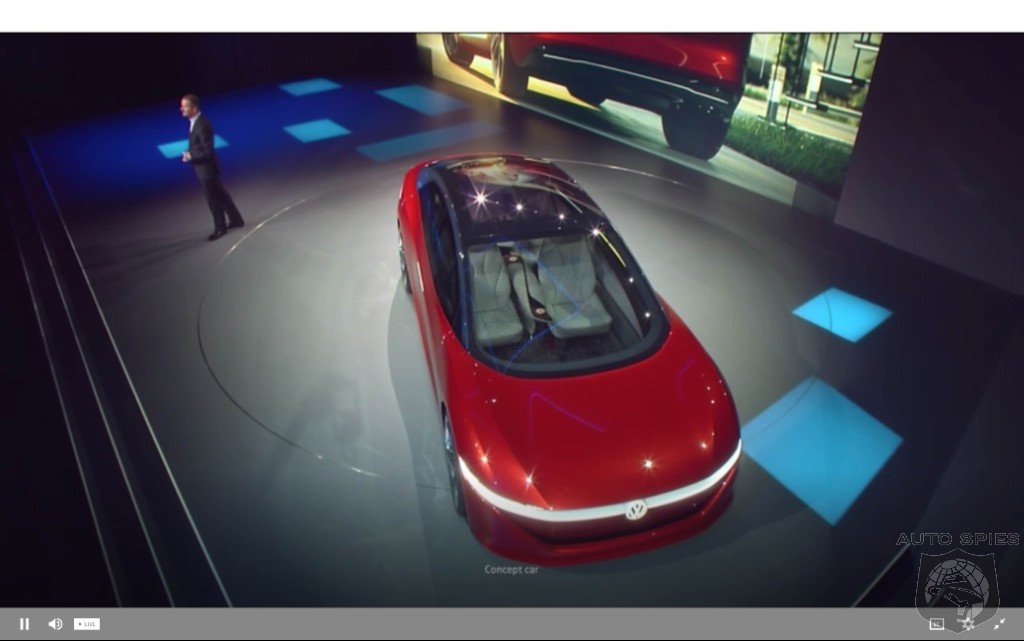




Geneva Motor Show Photo Gallery